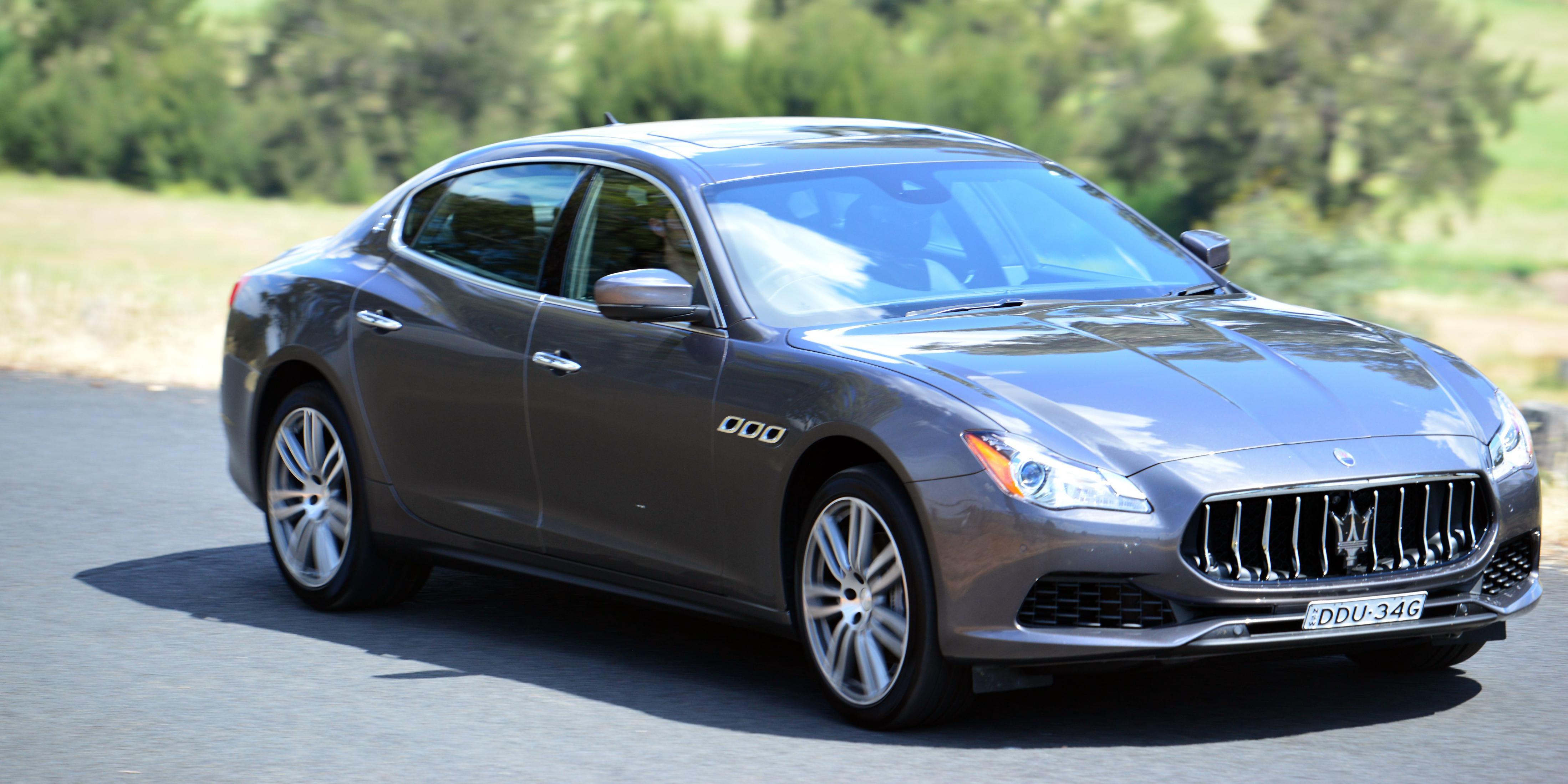
Season five Formula E car set for very first test in October
From the 2018/Nineteen season onwards the Formula E car, built by Spark Racing Technologies and powered by a 54kWh McLaren Applied Technologies (MAT) battery, will need to last an entire race distance, moving the series away from mid-race car exchanges.
Spark will coordinate the October test, which is slightly behind schedule as a result of the extra time taken last summer to determine on a battery supplier.
Originally the FIA dreamed to ‘make available one total product package to each car manufacturer by 1st October two thousand seventeen .’
The chassis crash test is scheduled for September one and the very first collective test session, involving all teams, has also been pencilled in for February 2018.
Last month, the nine registered manufacturers received initial technical information from MAT, which is the project lead in ensuring all battery system requirements and integration.
The car is scheduled to be homologated in August 2018.
Among the switches for the 2018/Nineteen Formula E is a peak power hike from 200kW to 250kW, with energy harvesting also rising to the same amount.
The fresh car is presently due to weigh 930kg, 42kg stronger than what was primarily pursued.
Part of the reason for this is a heavier-than-expected MAT battery, which one team’s technical director claimed “would be nearer 350-360kg [excluding safety structure] with two hundred nine cells”.
The current Williams Advanced Engineering battery is made from five modules of thirty three cells, making one hundred sixty five in total.
Spark Technologies is believed to be adapting fresh materials to the chassis, including 3D printed parts, to compensate for the stronger battery.
Motorsport.com has also learnt current battery supplier Williams Advanced Engineering has conducted a utter simulated characterisation duty-cycle test on a module of battery cells.
The results of this test are believed to have seen degradation in spectacle of the battery pack by up to ten percent over the targeted duty cycle of the 2018/Nineteen season.
This would essentially mean that the battery would not last at the levels needed to run a single car for the total season.
The FIA is believed to have approached MAT about this, and the supplier reported it has already moved to address this discrepancy.
MAT is expected to make plans for a reduction in the rate of charge that will affect the battery life substantially.
MAT is using Sony Energy Devices-derived cells for the battery, while US-based company Atieva will design, develop and manufacture the battery packs.
The industrial process of ensuring that the 2018/Nineteen battery provides the necessary range for a one-car-per-driver race is ongoing inbetween MAT and the FIA, which is believed to be continuing to use a team of independent specialists.
This is under the control and consultation of Professor Burkhard Goeschel, the president of the Electrical and Fresh Energies Championships Commission.